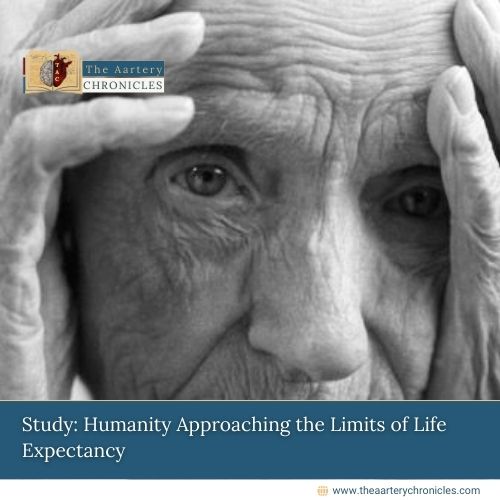

Study: Humanity Approaching the Limits of Life Expectancy
Introduction
A recent study published in Nature Aging suggests that humanity may be approaching the ceiling of life expectancy, despite advancements in medical technology and genetic research. Although more people are reaching the age of 100, overall lifespan improvements have slowed, particularly in countries with the longest-living populations.
Life Expectancy Gains Are Slowing
“We must acknowledge there’s a limit,” said S. Jay Olshansky, a researcher from the University of Illinois-Chicago and lead author of the study. He emphasized the need to reassess traditional views on retirement and financial planning for old age. The research tracked life expectancy trends between 1990 and 2019 in eight of the world’s longest-living countries: Australia, France, Hong Kong, Italy, Japan, South Korea, Spain, and Switzerland. While people are still living longer, the rate of improvement has declined significantly.
A Plateau in Lifespan Growth
Mark Hayward, a University of Texas researcher not involved in the study, supported the findings, noting that “we are reaching a plateau in life expectancy.” He added that although a breakthrough could eventually extend human survival further, “we don’t have that now.”
Understanding Life Expectancy
Life expectancy is the average number of years a baby born in a particular year might expect to live, assuming current death rates remain stable. It’s one of the most important global health indicators, but it’s not perfect. It can’t predict future events such as pandemics, medical breakthroughs, or other factors that could affect millions of lives.
Women Outliving Men, But the Pace of Gains Is Slowing
Globally, women continue to live longer than men, but the overall improvements in lifespan are decelerating. In 1990, life expectancy increased by about 2 ½ years per decade. However, in the 2010s, that number dropped to 1 ½ years, with the U.S. seeing almost no gain at all.
The U.S. faces unique challenges, including drug overdoses, gun violence, obesity, and disparities in access to healthcare, which have contributed to shorter lifespans. Even if all deaths before age 50 were eliminated, life expectancy would only increase by 1 ½ years, according to the study’s calculations.
The U.S. Lagging in Life Expectancy
Eileen Crimmins, a gerontology expert from the University of Southern California, expressed concern over the findings, particularly the declining position of the U.S. compared to other nations. She called the situation “dismal” and highlighted the need for action to address the factors reducing American life expectancy.
Are We Hitting a Lifespan Ceiling?
According to the researchers, we may have reached the limit of how long most people can live. Despite life-extending technologies, the process of ageing itself poses a significant barrier to further increases in lifespan.
While stories of people living to 100 may seem more common, the numbers remain small. In 2019, only 2% of Americans reached the age of 100, compared to 5% in Japan and 9% in Hong Kong. Although the number of centenarians is expected to grow due to population increases, the percentage of people reaching 100 will likely stay below 15% for women and 5% for men in most countries.
The study emphasizes that while we can expect more people to live longer, the pace of life expectancy growth is slowing down, raising questions about the future of human longevity.
Source: Inputs from various media Sources









